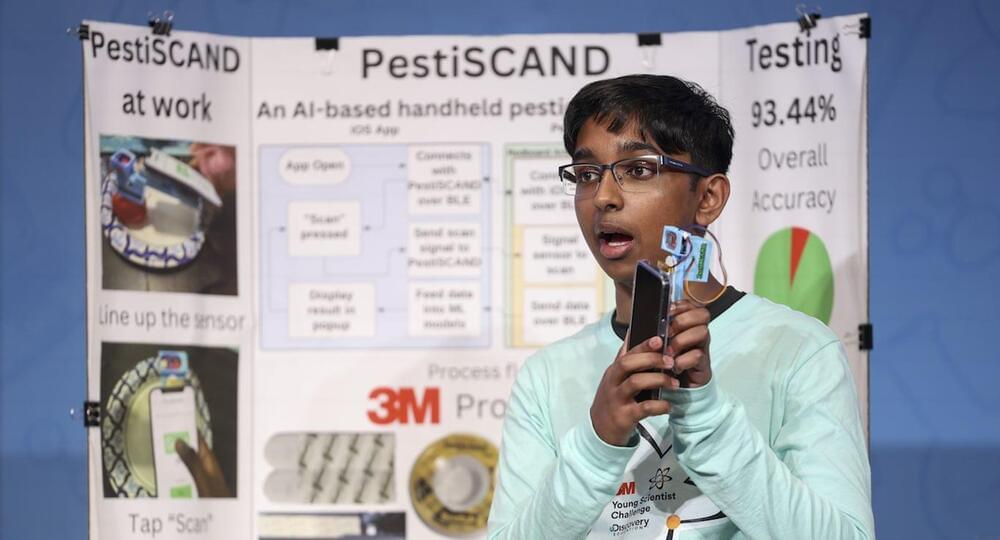A 9th grader from Snellville, Georgia, has won the 3M Young Scientist Challenge, after inventing a handheld device designed to detect pesticide residues on produce.
Sirish Subash set himself apart with his AI-based sensor to win the grand prize of $25,000 cash and the prestigious title of “America’s Top Young Scientist.”
Like most inventors, Sirish was intrigued with curiosity and a simple question. His mother always insisted that he wash the fruit before eating it, and the boy wondered if the preventative action actually did any good.






